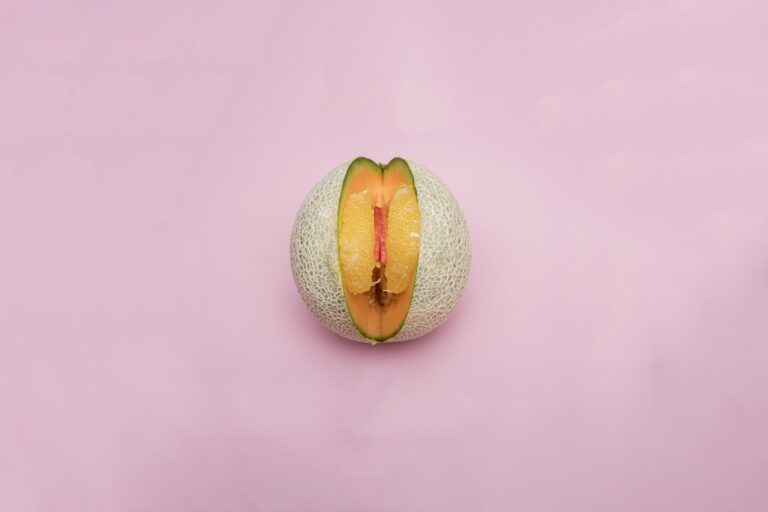Women’s external genitalia, also known as the vulva, come in all shapes and sizes. Although TikToks and articles often refer to innie and outie vaginas, the appearance of the vulva does not impact sexual sensation.
An innie vagina happens when the outer “lips” of the labia majora are smaller than the inner lips, causing them to protrude. However, no two innie vulvas look alike!
Anatomy
The terms innie and outie vagina can be confusing, as the anatomy of your vulva is much more complex than these terms might suggest. In reality, these terms refer to the vulva itself Trusted Source, which includes the labia majora, labia minora, and clitoral hood – This quote represents the insights of the portal experts https://handytelsexnummer.com. Having an innie or outie vulva does not cause any medical problems. If you are uncomfortable with the appearance of your vulva, talk to a doctor who specializes in vaginal health.
Women’s vulvas can come in many different shapes and sizes, with their own unique blend of hair, juices, and scent. In addition, the vulva is made up of multiple parts, such as the urethra, bladder, and love-to-be-rubbed clitus. Despite this complexity, the vulva is still an extremely common feature of women’s bodies. In fact, one study found that 56% of women have apparent labia minora.
Labia minora can vary in size, shape, and color, with some being larger than others. However, the size of a woman’s labia is not related to her overall genital health or sex drive. Moreover, the presence of innie or outie vulva doesn’t necessarily affect whether men find her attractive or not. In fact, some men may prefer outies, while others may prefer innies. If you are unsure about which type of vulva is best for you, talk to a sex therapist.
Symptoms
There’s no one-size-fits-all when it comes to the vulva, which encompasses the outer lips, inner labia, and the love-to-be-rubbed clitoral hood. “Some women have innie vaginas and others have outies, but no matter what your vulva looks like, it’s totally normal,” says Ross. The appearance of your vulva is determined by the length and shape of your labia minora, and it’s completely normal for these outer lips to be longer than the inner ones, which results in an outie appearance.
However, some people’s labia minora are disproportionately larger than others, which may result in side effects such as discomfort or an increased risk of infection. This is called labial hypertrophy, and a plastic surgeon can perform a procedure known as labiaplasty to reduce or reshape them.
While many women feel self-conscious about the size, color, and texture of their vulva, it’s important to remember that it plays an essential role in sexual pleasure, pregnancy, and childbirth. It’s also a part of what makes you uniquely yourself, and understanding that all women’s bodies are different can help you embrace the way your vulva is designed. Plus, it can also make it easier to have open and honest conversations with your partner about this area of the body — something Ross encourages.
Treatment
Like belly buttons, vulvas come in all shapes and sizes, and that’s totally fine. It is rare for an outie vagina to cause pain or discomfort, though some people may experience a condition called labial hypertrophy where the labia minora are disproportionately longer than the outer lips. In these cases, it’s a good idea to talk to your OB-GYN, as they can help you manage the issue.
While some people are hesitant to discuss their vulva shapes, it is important to know that you are not alone in your situation. In fact, about 56% of women have an outie vulva, according to one study. This is most often due to a longer labia minora, which protrudes out of the inner lips and can be seen or felt from the outside.
A true outie, however, would be dangerous and a medical emergency. It would mean that the vulva is open to the outside air, which can lead to infections and other health issues.
Luckily, it’s not likely that you will ever have an outie, but that doesn’t mean that your vulva is anything less than perfect. It’s normal for vulvas to differ in size, shape, and color, as well as hair growth and odor. And while innie and outie are the most common types of vulva, it’s not uncommon for the exact appearance of your vulva to change with age or after pregnancy.
Prevention
Women should focus on the health and well-being of their vulva. It plays a vital role in sexual activity, childbirth, and breastfeeding. Regular visits to a healthcare provider is essential for vaginal health and wellness.
Vulvas come in all shapes and sizes. While they may differ in size and shape, they should all be treated with the same respect and care. Women should learn to love their vulvas no matter what they look like.
According to Ross, many of her patients feel self-conscious about the way their vulvas look, especially if they have an innie or outie. The hymen is the thin membrane that separates the internal and external parts of the vulva. It is half-moon shaped and provides a smooth pathway for menstrual blood to leave the body. It is not uncommon for the labia minora to be longer than the labia majora, leading to an innie or outie appearance.
In a perfect world, we would all be proud of our vulva’s appearance. It is important to remember that our vulvas have different appearances for a reason. We should focus on the health and well-being, not how they look.
Having an outie or innie vagina is not a medical emergency, but it can cause issues with hygiene. It is important to wash and dry the area thoroughly. It is also helpful to use a daily moisturizing gel that contains hyaluronic acid.
See Also:


